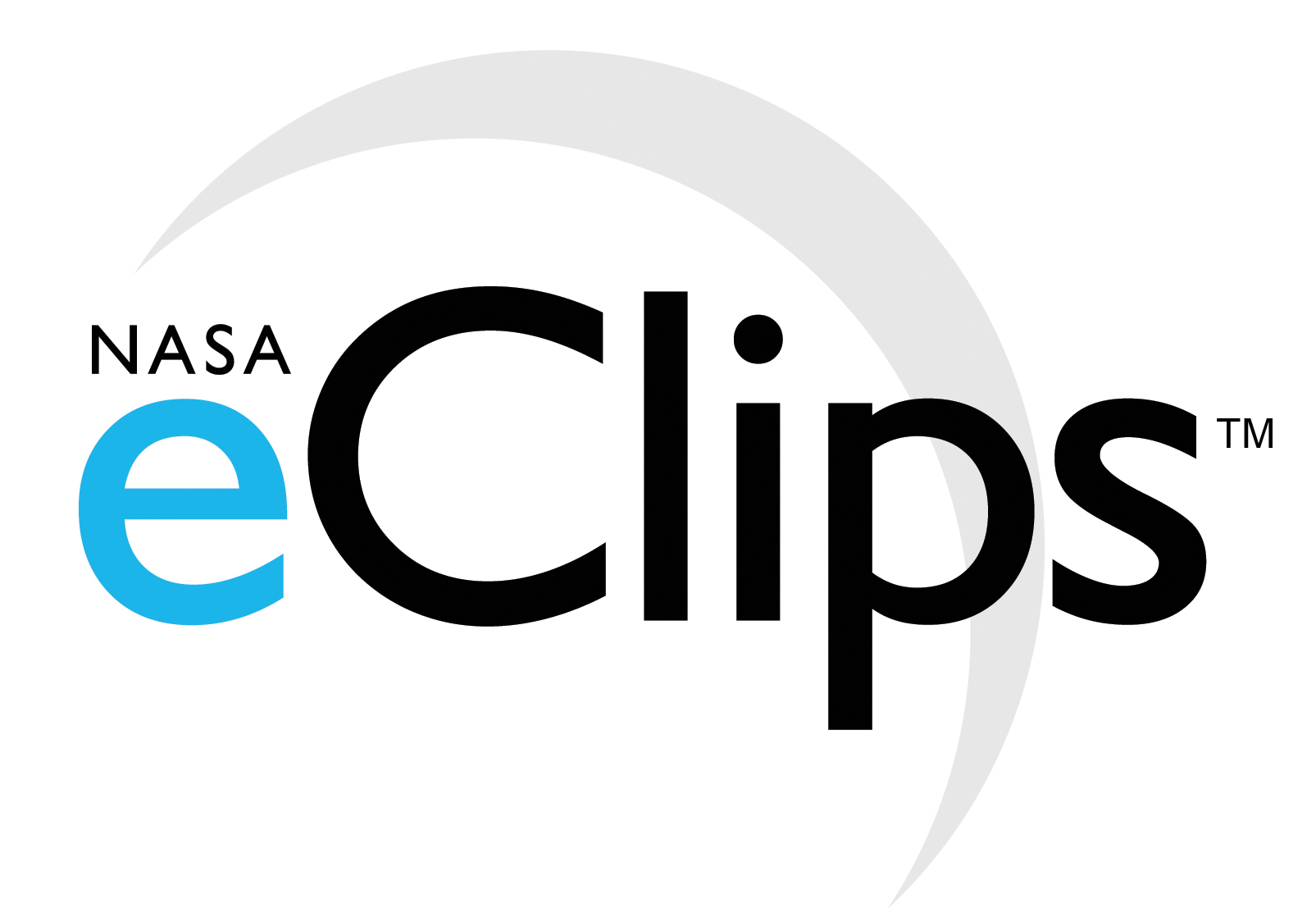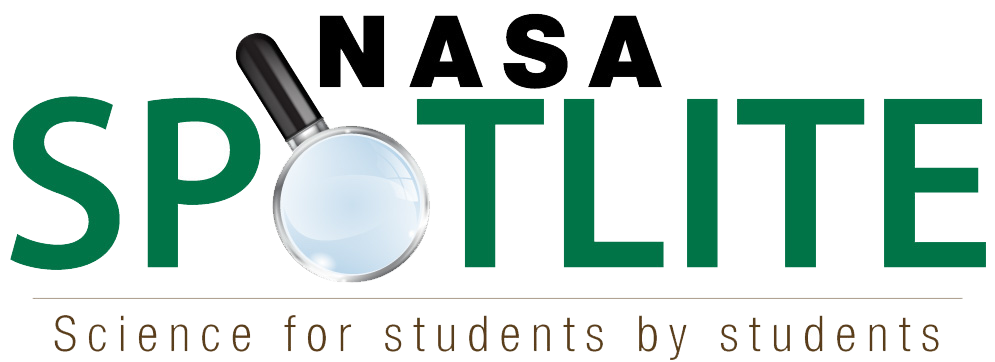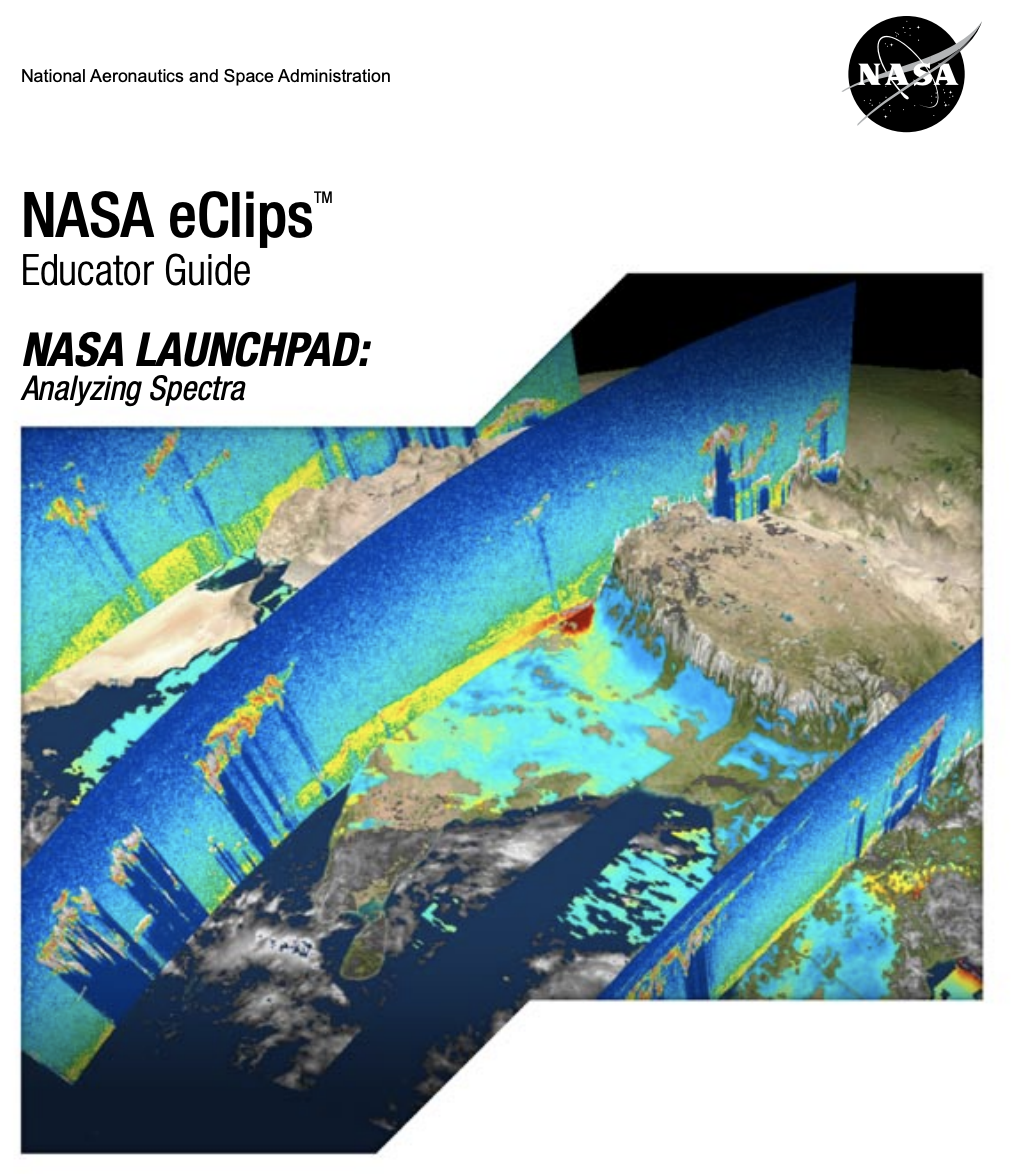NASA eClips™ Videos

Launchpad: Life Cycle of a Star
Each of us is made from star stuff. But how are stars formed? Take a closer look at the life cycles of stars and learn where stars come from, how they've changed, and what happens to stars when their lives come to an end. Find out about your connection to the cosmos.
Read MoreLaunchpad: Kepler
Join NASA on the Kepler Mission as this traveling telescope images the light from faraway stars to locate Earth-sized and smaller planets. Using the transit method, the Kepler telescope measures the brightness of a star and uses the data to predict habitable zones.
Read MoreSubject Matter Experts as Educators (SME2) Videos

Michelle Thaller, Deputy Director of Science Communication at NASA Headquarters, explains how astronomers study stars, and what tools they use to make discoveries.
Read MoreNASA Spotlite Videos

Student-produced videos confronting misconceptions.
Misconception: All stars are white.
NASA Spotlite: StarsNASA eClips Educator Guides
NASA Launchpad Analyzing Spectra

This lesson introduces students to the concept of line spectra and how they can be used as an analysis tool. Students are first introduced to the concept of visible light and the fact that white light is made up of different colors. Working in teams, students construct a spectroscope and observe and analyze different light sources.
Read MoreNASA Spotlite Interactive Lessons
NASA Spotlite Interactive Lesson: Stars
In this interactive lesson, students will explain how a star's color indicates its surface temperature as a result of watching the NASA Spotlite video, learning the vocabulary collaboratively, and discussing a star's size and the position in its lifespan.
Read MoreNearpod Lesson: Stars
This NASA Spotlite lesson is offered on the Nearpod platform that provides an inclusive and immersive learning experience.
Read MorePartner Resources
NISE Network
Exploring the Universe: Nebula Spin Art - In this activity, participants will learn about how gigantic clouds of gas and dust in space, called nebulas, are formed. They'll create their own colorful model nebula using paint and a spinner.
NASA Science Visualization Studio
Inside Out - This document can help students research the characteristics of clouds where they form, how they move, and the radiative properties of clouds, to better understand Earth’s energy budget and climate.
Star Burst - Animations are used to tell the story of supernovas.
Chandra X-Ray Observatory
Pulsating Variable Stars and the H-R Diagram - The Hertzsprung-Russell (H-R) diagram’s history and how to use it is explained on this webpage.
Our Cosmic Connection – This sequencing activity uses images of the different stages of stellar evolution taken by the Chandra X-Ray telescope.
Imagine the Universe
Hey, Low Mass Star....This is your life! - In this hands-on activity students create a model showing the discrete stages that a low mass star goes through.
After School Universe

 Recent tweets from NASA eClips
Recent tweets from NASA eClips

